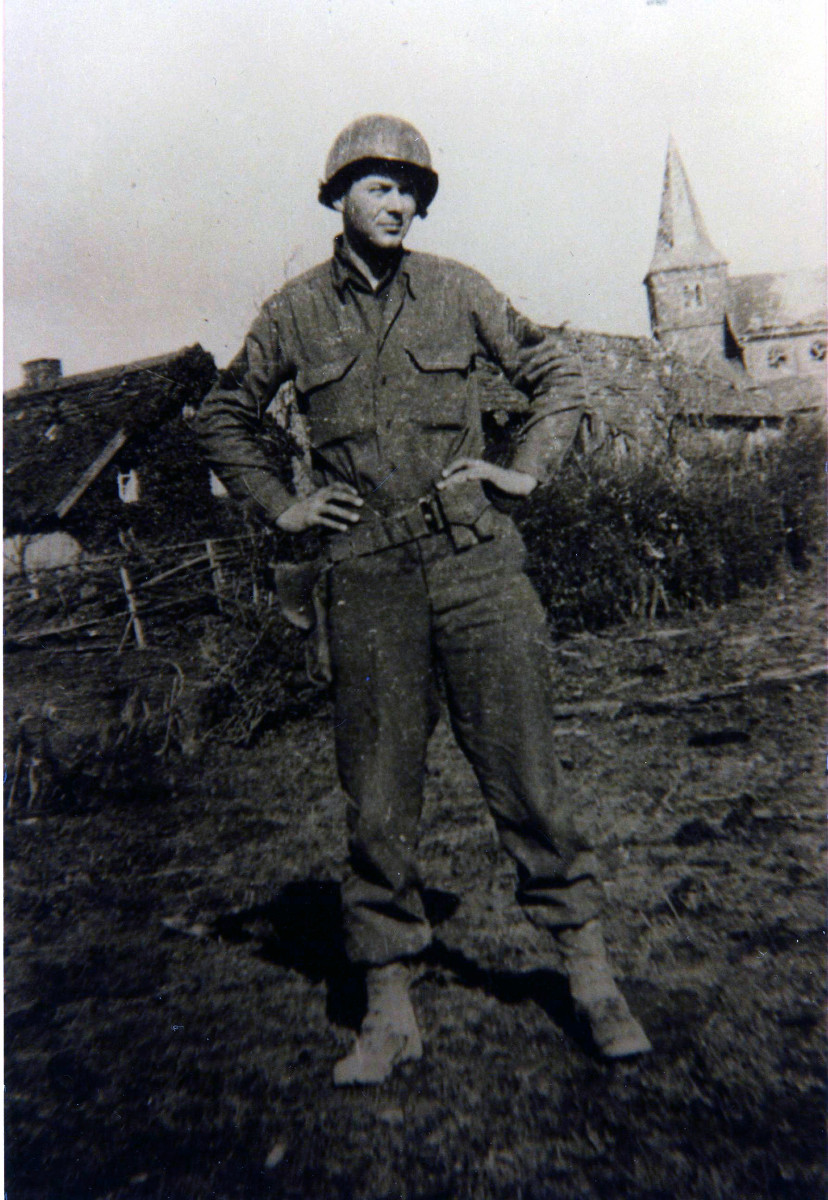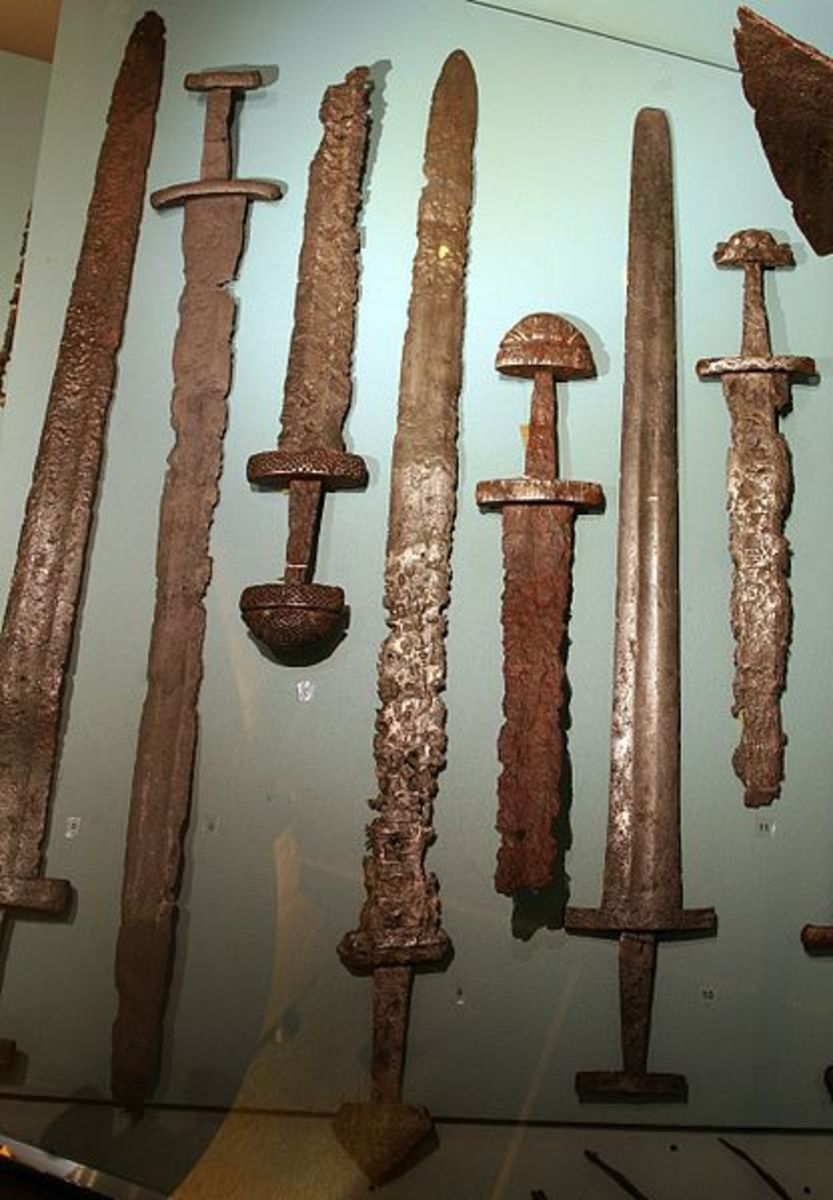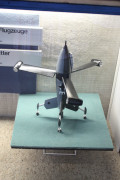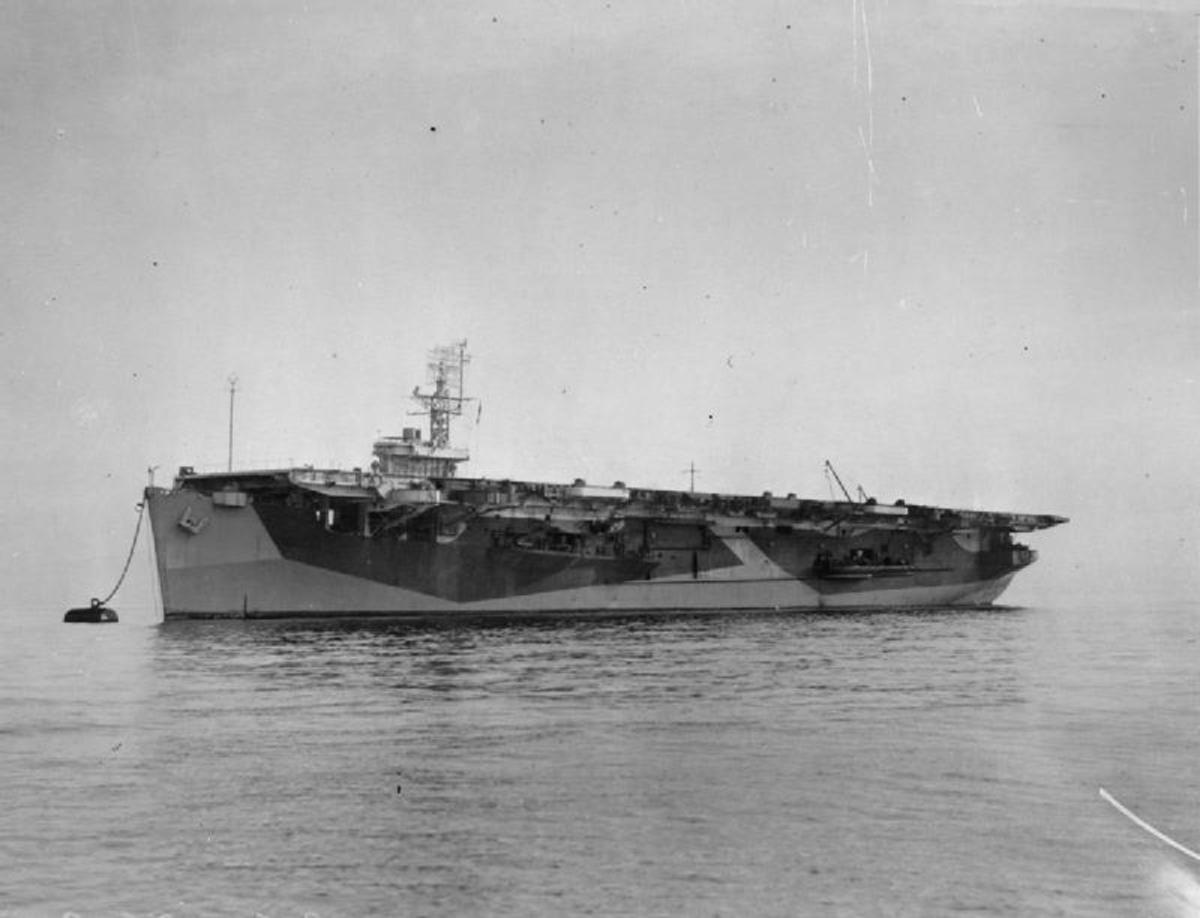- HubPages»
- Education and Science»
- History & Archaeology»
- Military History
Submachine Guns: The Uzi
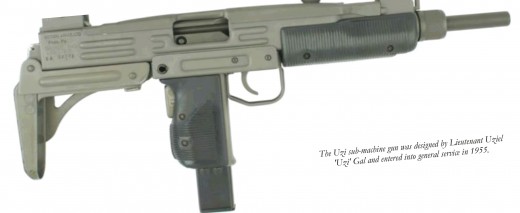
If, by any chance, you find yourself in a war situation.....
The Uzi, a sub-machine gun of Israeli design, ranks as one of the most popular and successful anti-personnel weapons ever developed. The original weapon, a 9mm gun, was a simple and robust weapon which had the added advantaged that, in comparison with similar weapons, its manufacture was extremely cheap. These factors, simplicity, robustness and the low cost of production were extremely important to the State of Israel and its army at the time that the weapon was developed.
Following the creation of the State of Israel in 1948, the Israeli army was equipped with a wide variety of weapons. For what was then a very poor country, and one which was also completely surrounded by enemies avowedly dedicated to its complete destruction, this situation was quite simply intolerable; the maintenance of weapons and weapons training was a logistical horror and it was in order to overcome this intolerable situation that the Israeli Defense Forces (IDF) determined to provide one reliable personal weapon for its soldiers and, at the same time, put an end to its reliance on a multiplicity of foreign weapons. In furtherance of this determination, the IDF commissioned two designers to develop a small sub-machine gun.
The two weapons developed were the Kara (named for its inventor, Major Chaim Kara) and the Uzi (also named for its inventor, Lieutenant Uziel ‘Uzi’ Gal). Following extensive and rigorous trials the Uzi was adjudged to be the superior weapon. Two important attributes of the Uzi led to this conclusion.
The first attribute was the weapon’s extreme tolerance for dust and grit, which made it an ideal weapon for the desert terrain in which much of Israel’s wars had been and were to be fought; the second attribute was the ease with which the weapon could be used. This second factor, ease of use, was the direct result of Lieutenant Gal’s own personal experience. His front line fighting experience had taught him how difficult it could be for weary and stressed-out soldiers to reload their personal weapon in the dark, and in order to minimize this problem the Uzi’s magazine housing was located in the weapon’s pistol grip. Gal reasoned, rightly, that the fastest and least troublesome way to insert a magazine was simply to bring both hands together, a process that drastically reduces the amount of focus and dexterity required in carrying out the procedure. In addition to these two attributes, the Uzi was also a comparatively light weapon and its light weight allowed a user to fire the weapon using just one hand. Further, the Uzi was equipped with such a superior safety release that an accidental discharge was rendered almost impossible.
The first prototypes of the Uzi came out 1950 and by 1951 the first production units of the weapon, some 80 guns, were ready. These were issued to selected units of the IDF for field testing. Field testing confirmed the value of the Uzi as the weapon of choice in the minds of the IDF brass and, following some design improvements and fine-tuning, the Uzi was introduced into general service in 1955 to the enthusiastic acclaim of the vast majority of the end users of the product, i.e. the ordinary soldiers.
The introduction of the weapon into general service in 1955 was none-too-soon for in 1956 Israel was once again at war with its Arab neighbors. In the war of 1956, Israeli forces overran the Sinai Peninsula, the Gaza Strip and the islands of the Gulf of Aqaba. In every one of these campaigns, but particularly in the extremely demanding campaign in the deserts of the Sinai, the Uzi emerged as the undisputed champion amongst the personal weapons employed by the various combatants. Its reliability and accuracy in battlefield conditions was unprecedented for a weapon of its type. That the weapon's performance in 1956 was no fluke was further demonstrated barely a decade later in the 6 day war of 1967. In that war, an improved version of the Uzi proved its utility even in the face of the more powerful assault weapons that were deployed by Israel’s enemies.
The events of 1967 however, made it clear that the relatively light Uzi had to be replaced if Israeli soldiers were to continue to be able to hold their own in the face of the increasingly powerful assault weapons that had come into being and were being deployed by the armed forces of Israel’s enemies. So, in the early seventies of the twentieth century, the IDF instituted yet another competition for the development of an assault weapon that would serve as the replacement for the Uzi. Two serious contenders emerged: Uziel Gal’s (now a Lieutenant Colonel) New Uzi and Yisrael Galili’s Galil rifle. Following exhaustive testing, the Galil was adjudged the better weapon to Gal’s great disappointment; notwithstanding, in the annals of assault weapons, the Uzi sub-machine gun had established itself: it was, and remains, an assault weapon par excellence.
Since the introduction of the Uzi more than half a century ago, the weapon has been taken into service by numerous military and police services worldwide and sales of the weapon, over the years, has contributed many billions of dollars to the Israeli exchequer. And, following the success of the original weapon itself, the design owners have been led to produce variants of the weapon; which variants have, in the main, lived up to the fantastic billings of the original weapon itself.
The Mini Uzi, for instance, introduced in 1980, is a shorter and even lighter version of the original. Nonetheless, the Mini Uzi packs all the power of the original weapon and has since become a weapon of choice for many covert Special Forces all over the world. A further development of the weapon is the Micro Uzi (which is roughly the size of a large handgun), which was the weapon used by United States Secret Service agents on presidential bodyguard duty to subdue John Hinckley Jr. in 1981 in the course of Mr Hinckley’s unsuccessful attempt to assassinate President Ronald Reagan. Finally, there is also the Uzi Pistol, a semi-automatic version of the Micro Uzi.
Uziel Gal was born Gunhardt Glass on 15th December 1923 at Weimar, Germany, the son of a Jewish artist. Following Hitler’s ascension to power in 1933, the 10 year old Gunhardt, together with the entire members of the Jewish school in which he was a pupil, was transferred to England. In 1936, Gunhardt was able to re-join his parents, who had been able to flee Nazi Germany, at the Kibbutz Yagur where they had settled in what was then the League of Nations’ mandated territory of Palestine and which territory was under British governance. It was in Palestine that the family gave up their old names and adopted Hebrew names.
From a young age, Gal had shown a precocious interest in weapons: at the age of 15, for instance, he had designed and manufactured an automatic weapon which fired arrows and as a member of the clandestine Jewish militia, the Haganah, Gal was in charge of its armament department. He was imprisoned by the British in 1943 for being in possession of weapons in defiance of a ban on such possession and was only pardoned and released in 1946. His imprisonment did nothing to reduce his enthusiasm for the creation of a Jewish state and, returning to his kibbutz after his release, he continued his clandestine work on weapons development for the Haganah. In the war of independence, 1948, Gal fought in the battles in Galilee, northern Israel, and in 1949 he underwent an officer training program after which he joined the ordnance manufacturing arm (TASS) of the IDF where he remained until he retired from service in 1976.
Following his retirement, Uziel Gal relocated to Philadelphia so that his daughter, who was severely brain-damaged, could receive specialist medical attention that was unavailable to her in Israel, but his life-long interest in weapons and weapons development was not diminished. Whilst living in the US, Gal worked as a weapons adviser and assisted in the creation of the Ruger MP9 submachine gun during the early eighties of the twentieth century.
Uziel Gal was an extremely modest man and, if he had had his way, his famous weapon would not have been named for him; his request to have the weapon named otherwise was, rightly in the view of most observers, rejected by the Israeli authorities. Gal’s awards include the Tzalash HaRamatkal (1955), the Israel Security Award (1958) the (Israel’s) Security Prize (1978). Uziel Gal died 7th September 2002 at Philadelphia, USA.



